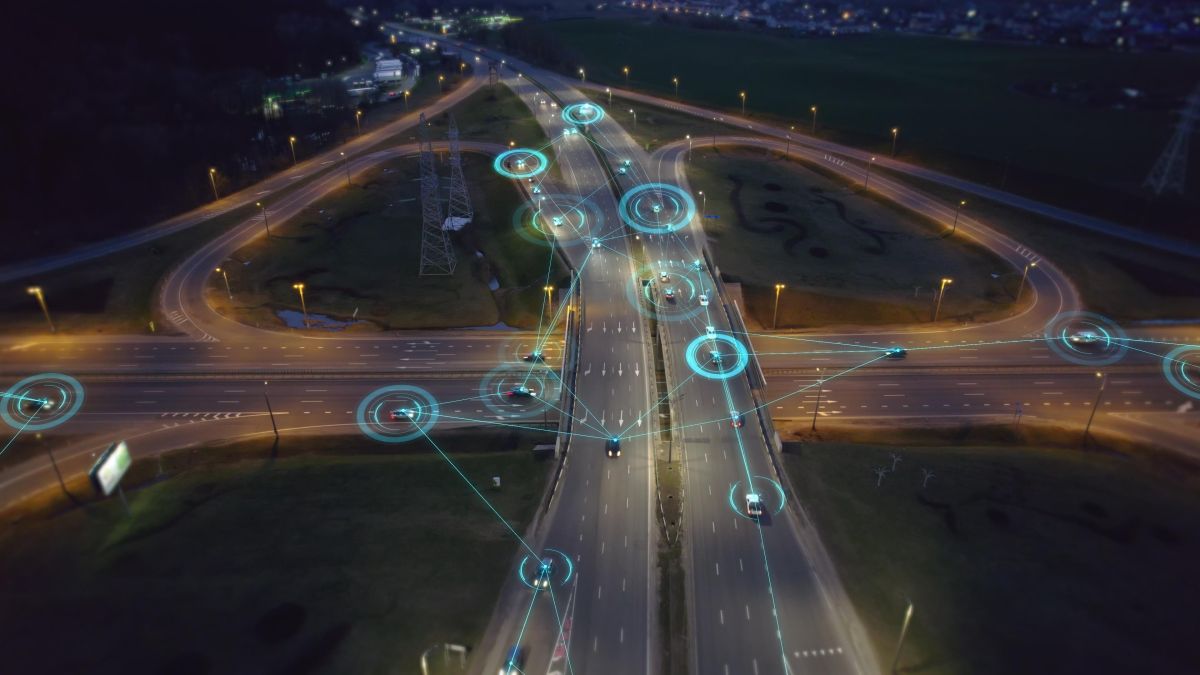The National Highway Traffic Safety Administration (NHTSA) is moving swiftly to establish a regulatory framework for automated vehicles (AVs), a development poised to significantly impact the collision repair industry.
U.S. Department of Transportation (USDOT) Secretary Sean Duffy has declared the accelerated establishment of this framework a top priority, aiming to clarify guidelines for developers, prevent a patchwork of state laws, and streamline processes for efficiency. This push signals a future where collision repair shops will encounter increasingly complex vehicle technologies and novel designs, necessitating substantial adaptations in training, tooling and workflow.
NHTSA's new AV Framework, unveiled in April, rests on three core principles: prioritizing the safety of ongoing AV operations, unleashing innovation by removing unnecessary regulatory barriers, and enabling the commercial deployment of AVs to enhance safety and mobility.
For collision repair facilities, this framework means a continued and potentially rapid evolution of the vehicle parc, demanding continuous investment in diagnostics, recalibration equipment, and specialized technician training to handle advanced driver-assistance systems (ADAS) and, eventually, fully autonomous components.
Regulatory Shifts and Implications
NHTSA amended its Standing General Order for vehicles equipped with Level 2 ADAS and Automated Driving Systems (ADS), streamlining reporting requirements while maintaining key manufacturer notifications and adjusting reporting cadences.
NHTSA also expanded its automated vehicle exemption program (AVEP) to include domestically produced vehicles, a move designed to remove innovation barriers and level the playing field for all manufacturers.
These regulatory adjustments highlight an impending increase in the number and diversity of highly automated vehicles on public roads, presenting both challenges and opportunities for collision repair. Shops must prepare for a wider array of OEM-specific procedures and data-driven repair requirements as these vehicles become more prevalent.
The ongoing regulatory shifts extend to several rulemaking actions. NHTSA is assessing requirements for crash avoidance Federal Motor Vehicle Safety Standards (FMVSS) to support the safe introduction and certification of new ADS-equipped vehicle designs. Additionally, a proposed rule aims to require manufacturers and operators of vehicles with ADS and Level 2 ADAS to report specific information about certain safety-related incidents, which could eventually provide valuable data for repairers on common points of failure or damage in these advanced systems.
Research Paves the Way for Future Repairs
NHTSA's extensive research program on ADS-equipped vehicle safety provides a glimpse into the future of automotive design and, consequently, collision repair. One critical area of research focuses on FMVSS conformance, evaluating 81 FMVSS for their applicability to innovative vehicle designs, particularly those with ADS.
This research directly impacts future vehicle designs and the subsequent repair methodologies, as new standards for crashworthiness and crash avoidance emerge. Collision repair shops will need to stay abreast of these evolving standards to ensure compliant and safe repairs.
System safety performance assessment is another key research area, with NHTSA developing methods, tools and metrics to evaluate ADS performance through simulation, closed-course testing and on-road evaluations. This research includes assessing ADS sensing modalities with augmented reality objects and exploring how simulation can support safety evaluations.
For collision repair, understanding these testing protocols and the complexities of ADS sensors will become paramount for accurate diagnostics and recalibrations post-collision. The increased reliance on sensors means that even minor impacts could necessitate extensive diagnostic work and precise alignment.
Further research delves into component and subsystem testing and functional safety of ADS, examining the performance, reliability and failure modes of perception, decision/path planning, and execution subsystems. This granular understanding of ADS components will be crucial for repair technicians diagnosing malfunctions or damage, as artificial intelligence (AI) and machine learning (ML) models underpin these systems. Shops will require advanced diagnostic tools capable of communicating with and evaluating these sophisticated AI-driven components.
Crashworthiness and Alternative Cabin Designs
A significant area of NHTSA's research with direct implications for collision repair is crashworthiness and alternative cabin design. While ADS may not directly alter crash mechanics, they introduce new challenges for occupant safety due to varied seating positions and orientations, such as reclining or rear-facing seats. This necessitates a re-evaluation of crash safety standards and the adaptation of safety systems. Collision repair shops will encounter vehicles with unconventional interior configurations and restraint systems, requiring specialized knowledge and repair procedures beyond traditional methods.
For instance, research on human response and injuries for various-sized occupants in forward- and rear-facing reclined seating conditions is refining understanding of occupant protection. Advanced crash test dummies are needed for these new configurations.
Shops will need updated repair information to address these new occupant protection systems and understand how to properly inspect and repair structural components designed for these novel cabin layouts. The shift from traditional seating to more flexible arrangements within AVs could mean entirely different repair strategies for interior components and passenger safety systems.
Human Factors and Unique User Needs
NHTSA’s research into ADS human factors and unique user needs explores how changing seating configurations and the absence of a human driver may affect safety standards, occupant awareness and system communication. This includes studying human-machine interfaces, telltales, warnings for Level 4-5 automation, and remote operation methods. As autonomous capabilities grow, the methods by which vehicles communicate their status and potential issues to occupants and remote operators will evolve.
Collision repair professionals will need to understand these interfaces to properly diagnose post-collision issues that may manifest as system warnings or communication failures.













